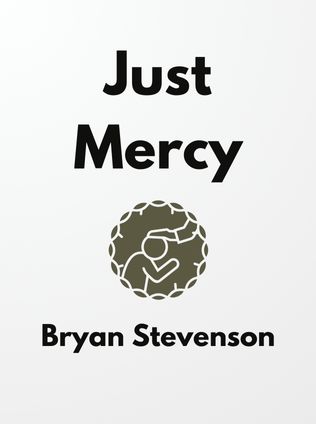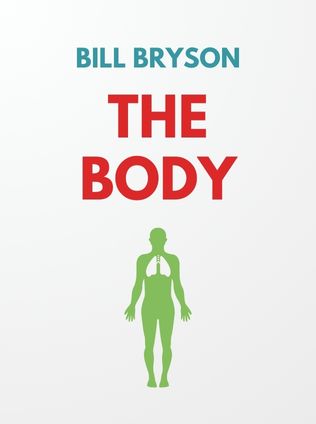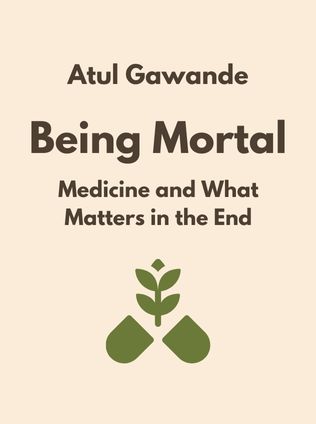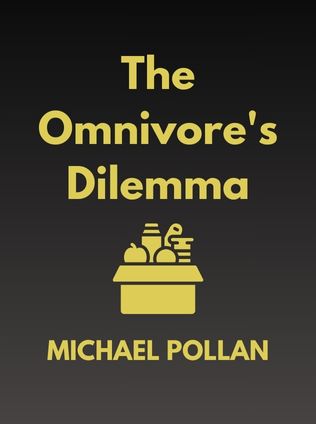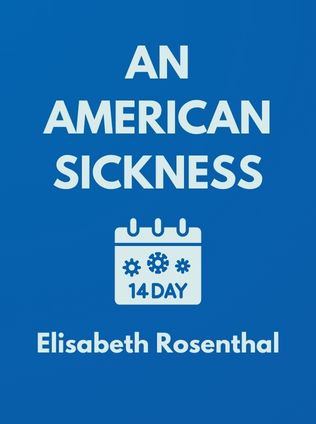
An American Sickness
How Healthcare Became Big Business and How You Can Take It Back
By Elisabeth Rosenthal
Published 04/2017
About the Author
Elisabeth Rosenthal is a physician-turned-journalist with a deep understanding of the complexities of the healthcare system. Her background as a practicing doctor gives her unique insight into the challenges and dysfunctions of the U.S. healthcare system, which she has been documenting for years as a reporter and editor at The New York Times. Rosenthal has won numerous awards for her investigative reporting and is recognized for her ability to translate complex medical and financial issues into accessible language. In "An American Sickness: How Healthcare Became Big Business and How You Can Take It Back," Rosenthal leverages her expertise to dissect the U.S. healthcare system, revealing the intricate web of financial incentives that prioritize profit over patient care.
Main Idea
"An American Sickness" is a penetrating critique of the U.S. healthcare system, exposing how it has been transformed from a service-oriented model into a profit-driven industry. Rosenthal argues that the current system is a dysfunctional marketplace where the rules of supply and demand do not apply, leading to skyrocketing costs and subpar outcomes for patients. Through detailed analysis and real-world examples, Rosenthal uncovers the underlying mechanisms that perpetuate this broken system and offers practical advice for individuals to protect themselves from its pitfalls.
Table of Contents
- The Age of Insurance: How Insurance Became the Engine of the Healthcare Industry
- The Age of Hospitals: The Evolution of Hospitals from Charitable Institutions to Corporate Giants
- The Age of Physicians: The Transformation of Doctors from Healers to Profit Centers
- The Age of Pharmaceuticals: How Drugs Became Big Business
- The Age of Medical Devices: The High Cost of Technology
- The Age of Testing: The Rise of Diagnostic Testing and Its Costs
- The Age of Pricing: How Prices Are Set in Healthcare
- The Age of Regulation: How the Government's Role in Healthcare Has Changed
- The Age of Information: How Data and Technology Are Changing Healthcare
- The Age of Advocacy: What Patients Can Do to Protect Themselves
The Age of Insurance: How Insurance Became the Engine of the Healthcare Industry
The transformation of the U.S. healthcare system begins with the evolution of health insurance. Originally intended as a protective measure to safeguard individuals from catastrophic financial loss due to illness, insurance has now become a central engine driving the healthcare industry's profitability. Rosenthal explains how insurance companies, which were once mutual organizations focused on spreading risk, have morphed into for-profit enterprises. This shift has fundamentally altered the dynamics of healthcare, creating a system where the financial interests of insurers often clash with the needs of patients.
As insurance companies grew in power and influence, they began to exert more control over the healthcare market. Premiums steadily increased, and with them, the complexity of insurance plans. Patients are now confronted with a bewildering array of options, each with its own set of rules, deductibles, co-pays, and coverage limitations. This complexity benefits insurers by making it difficult for consumers to compare plans and understand their true costs.
"The transformation of health insurance from a protective measure to a profit-driven enterprise is one of the most significant shifts in the American healthcare system." — Elisabeth Rosenthal
The consequences of this shift are profound. Insurers have introduced a range of cost-sharing mechanisms, such as high deductibles and co-pays, which place a greater financial burden on patients. These measures are often justified as a way to reduce unnecessary healthcare utilization, but they also serve to increase profits by discouraging patients from seeking care. In this environment, patients are left to navigate a complex and opaque system where the true cost of care is often unknown until after the fact.
- Insurance premiums have become a significant financial burden for both employers and individuals, often outpacing wage growth.
- Patients are frequently forced to choose between high premiums with lower out-of-pocket costs and lower premiums with higher deductibles, creating a difficult balancing act that often leaves them vulnerable to unexpected medical expenses.
- The complexity of insurance plans, with their varying networks, formularies, and coverage rules, makes it nearly impossible for patients to make fully informed decisions about their healthcare.
The Age of Hospitals: The Evolution of Hospitals from Charitable Institutions to Corporate Giants
Hospitals, once bastions of charity and community service, have transformed into powerful corporate entities. This shift is particularly evident in the trend of hospital consolidation, where large health systems have absorbed smaller, independent hospitals. Rosenthal details how this consolidation has created monopolies in many regions, allowing hospitals to set prices without competition. The result is a dramatic increase in healthcare costs, as hospitals charge whatever the market will bear.
The evolution of hospitals from charitable institutions to profit-driven corporations is also reflected in their physical transformations. Modern hospitals often resemble luxury hotels, with private rooms, gourmet food, and high-end amenities. While these features may attract patients, they do little to improve the quality of care. In fact, the focus on profitability often leads hospitals to prioritize services that generate the most revenue, such as elective surgeries, while cutting back on less profitable but essential services like emergency care and mental health.
"The metamorphosis of hospitals from charitable organizations to profit-driven corporations has fundamentally changed the way healthcare is delivered in the United States." — Elisabeth Rosenthal
This shift has significant implications for patients. As hospitals focus on high-revenue services, they may neglect the basic care that patients need most. For example, hospitals may invest heavily in state-of-the-art surgical suites while understaffing emergency departments. This creates a system where the availability of care is dictated not by patient needs, but by profitability.
Sign up for FREE and get access to 1,400+ books summaries.
You May Also Like
Rich Dad Poor Dad
What the Rich Teach Their Kids About Money - That the Poor and Middle Class Do Not!
By Robert T. KiyosakiFreakonomics
A Rogue Economist Explores the Hidden Side of Everything
By Steven D. Levitt and Stephen J. DubnerI Am Malala
The Story of the Girl Who Stood Up for Education and Was Shot by the Taliban
By Malala YousafzaiThe Body Keeps the Score
Brain, Mind, and Body in the Healing of Trauma
By Bessel van der KolkFactfulness
Ten Reasons We're Wrong About the World – and Why Things Are Better Than You Think
By Hans Rosling








